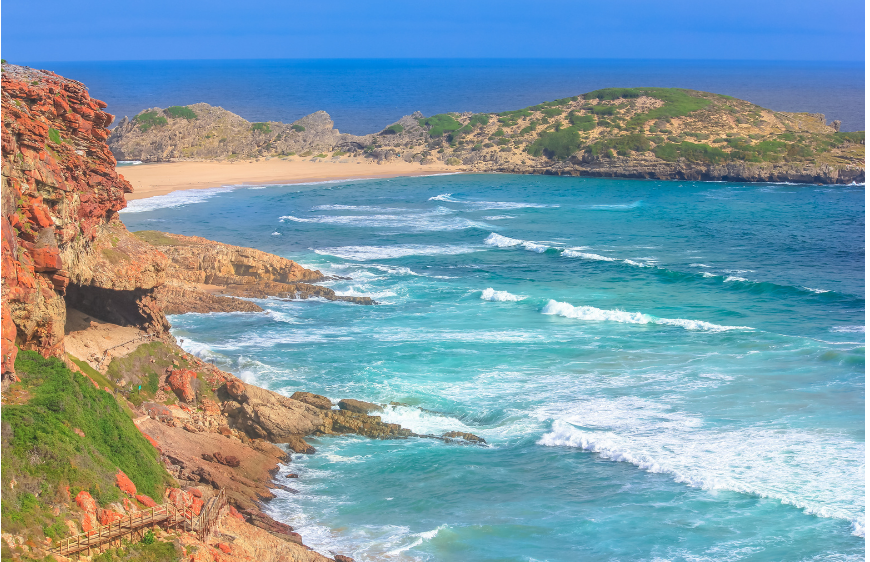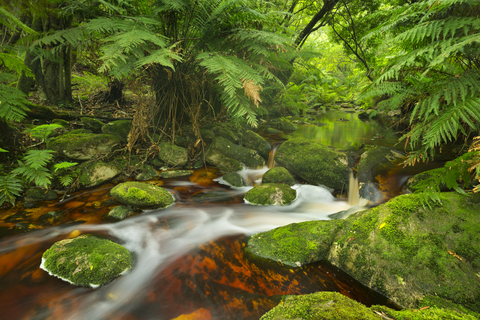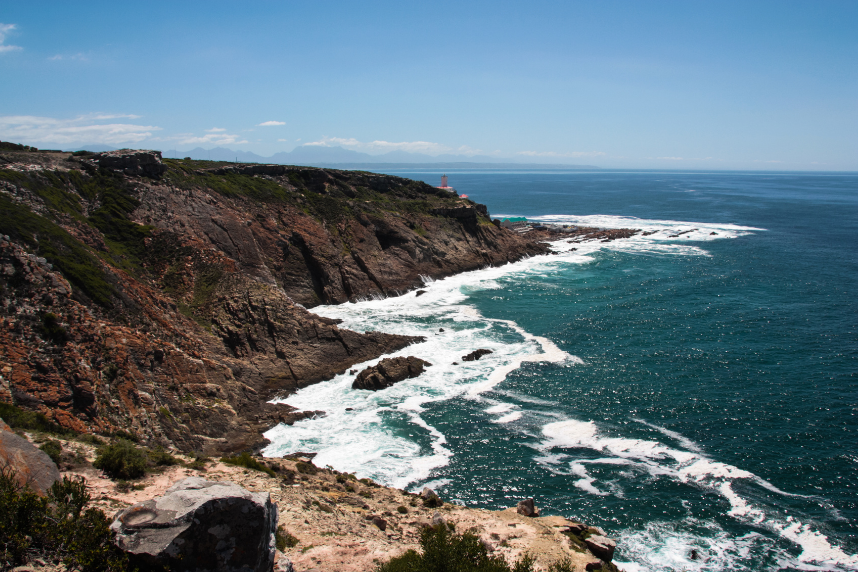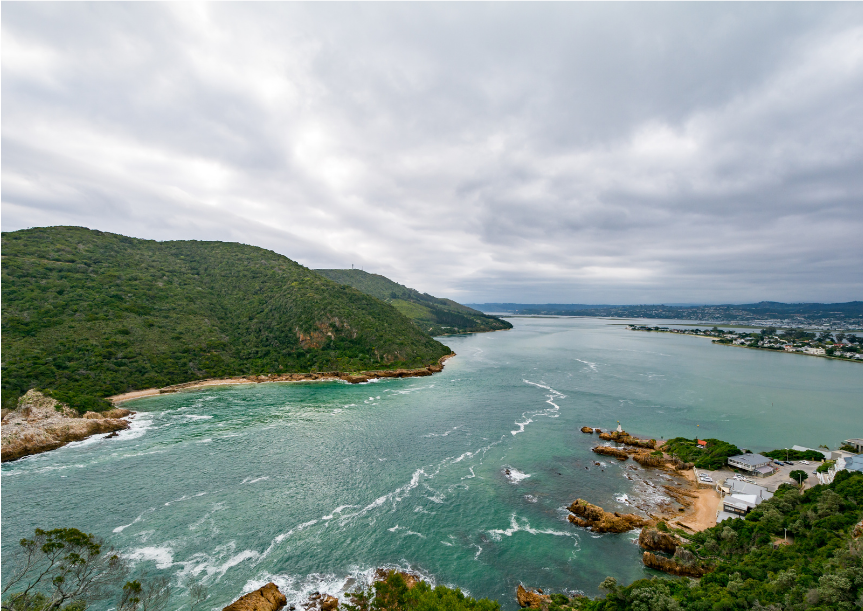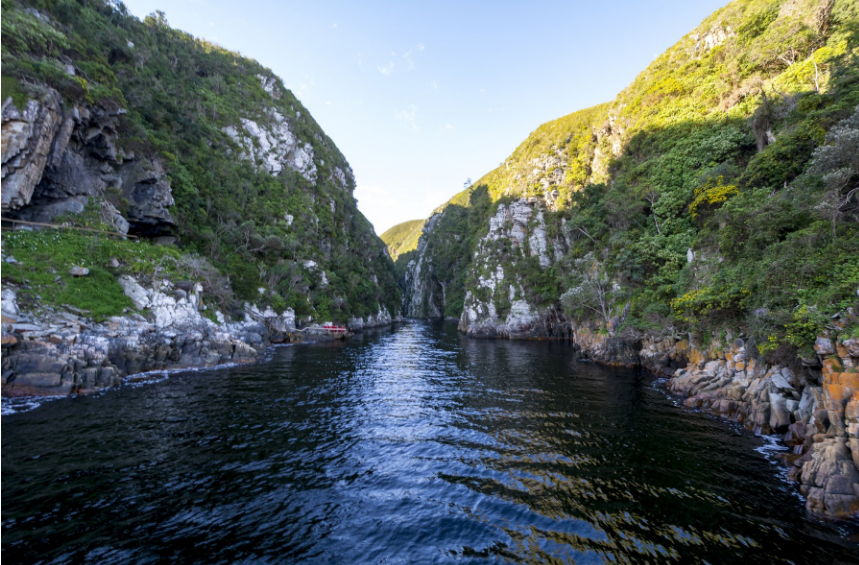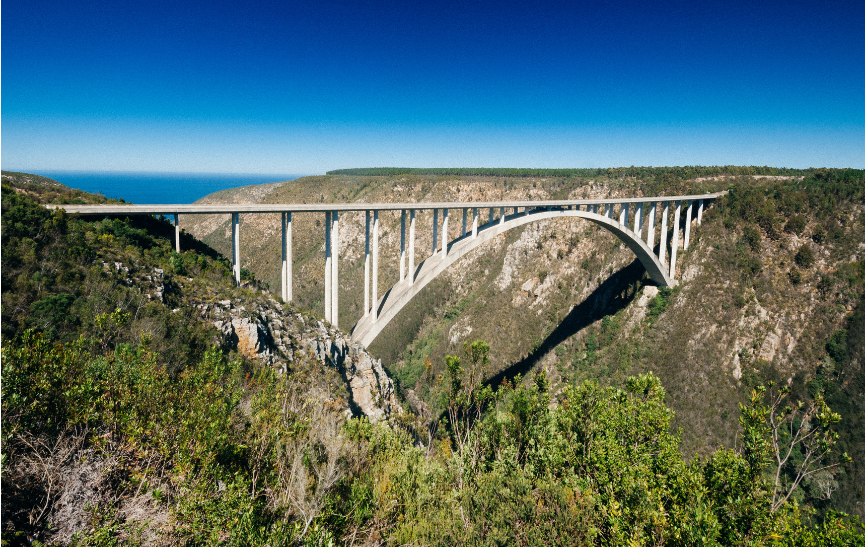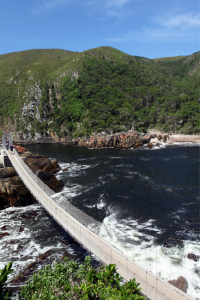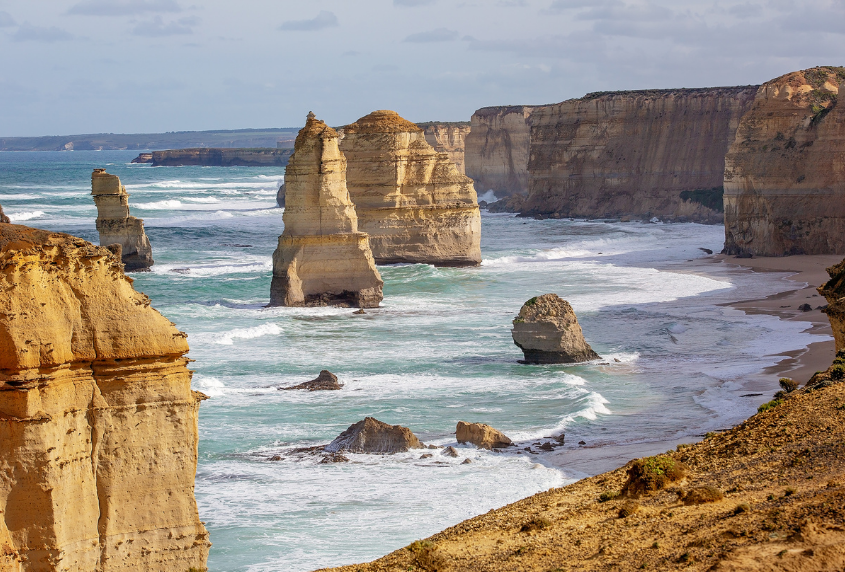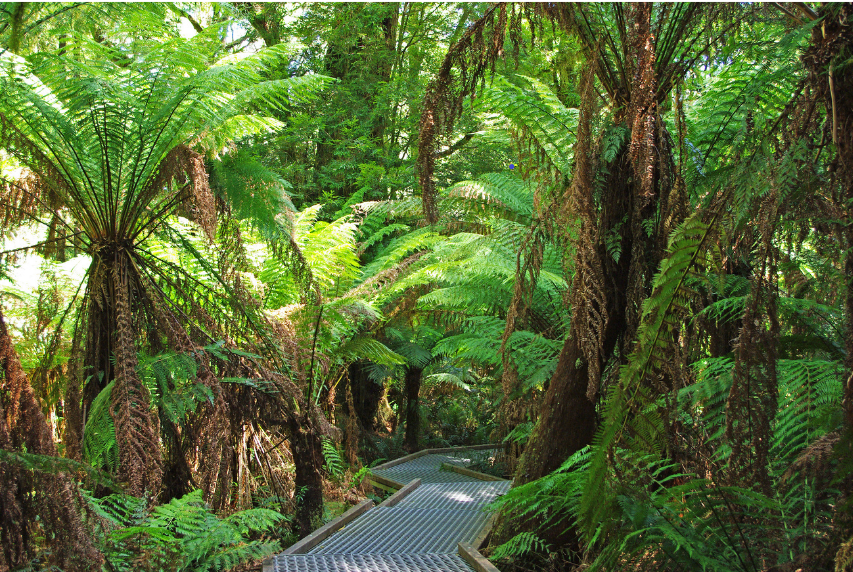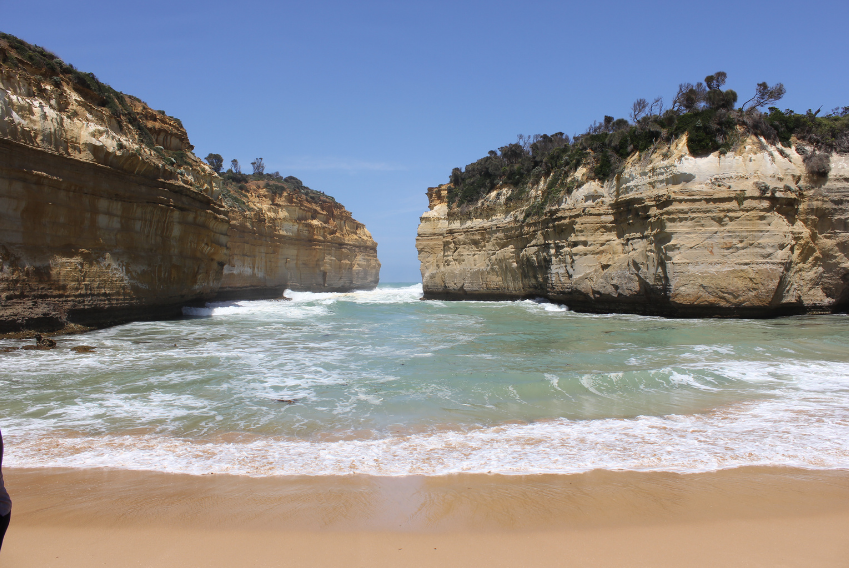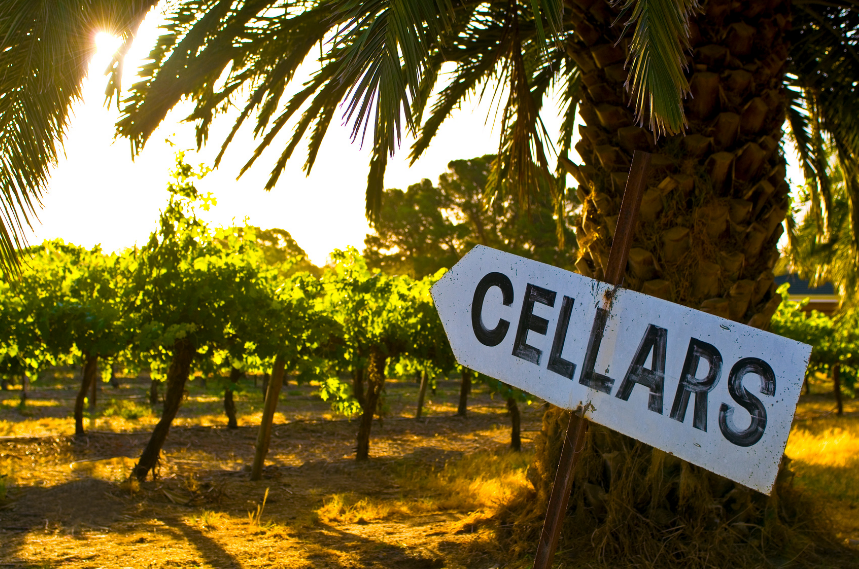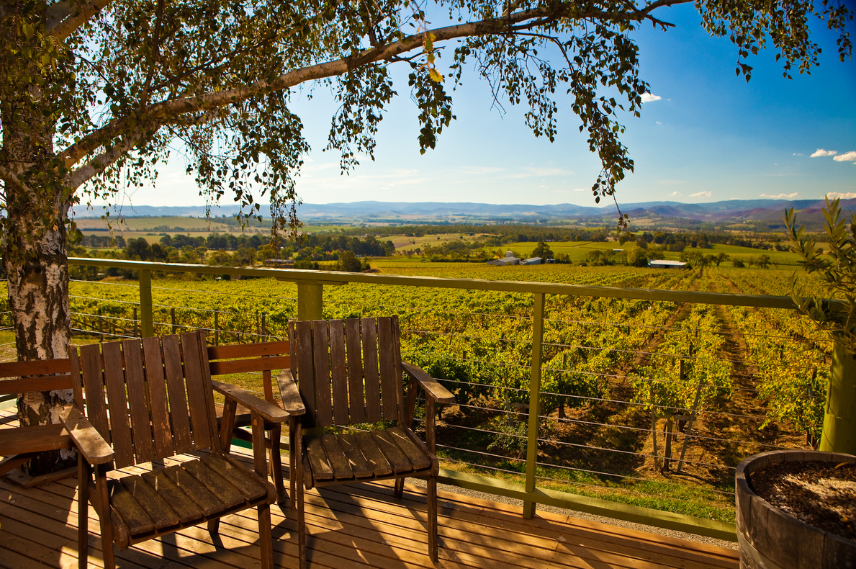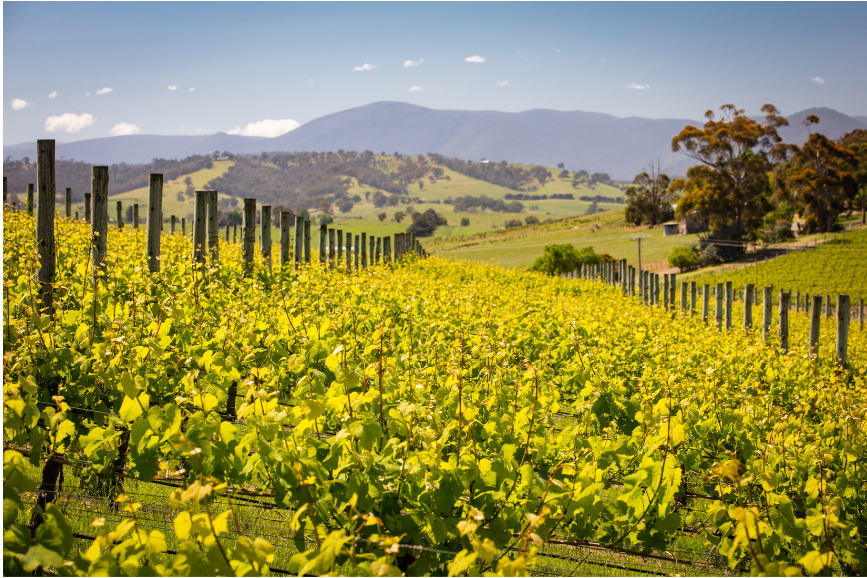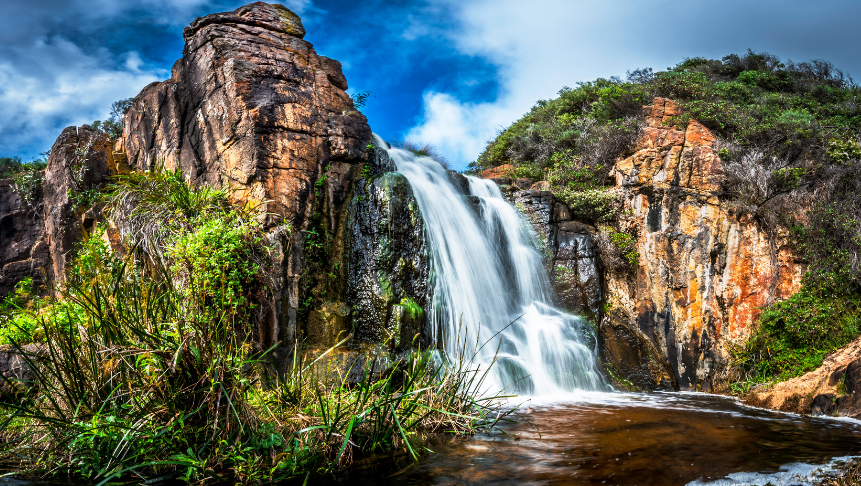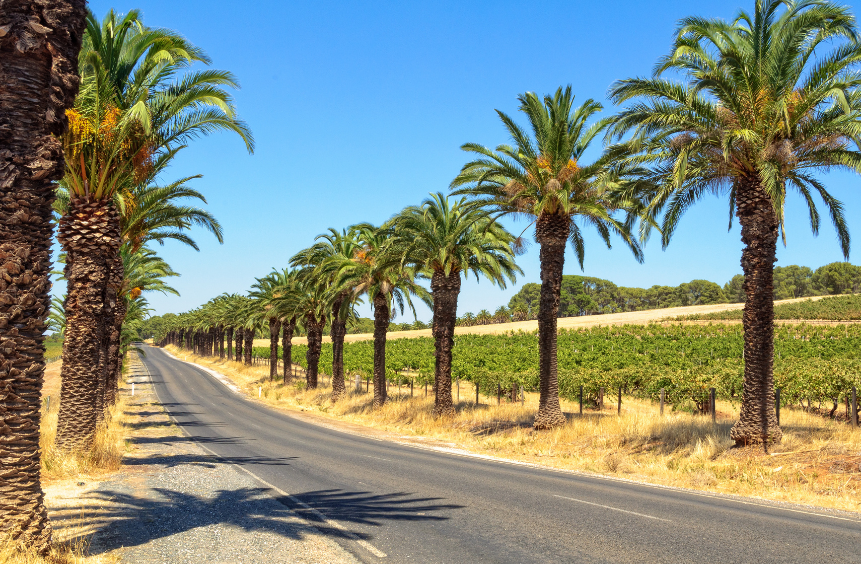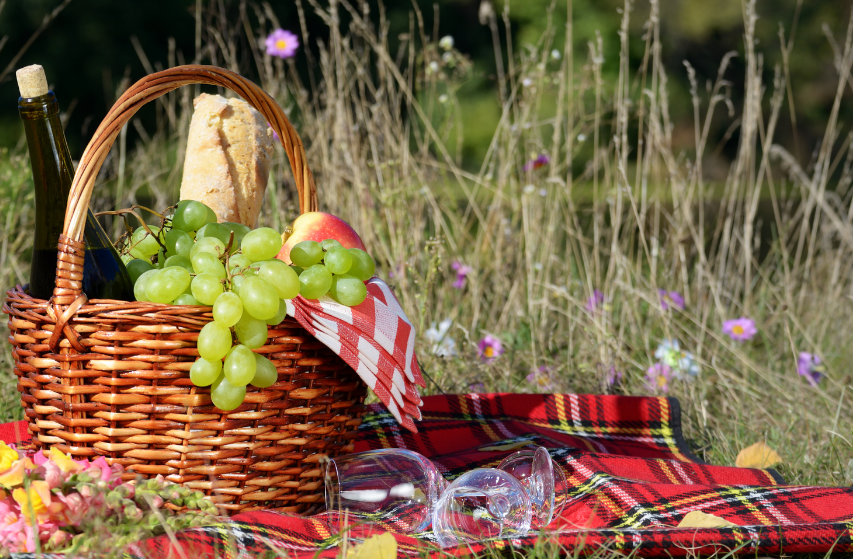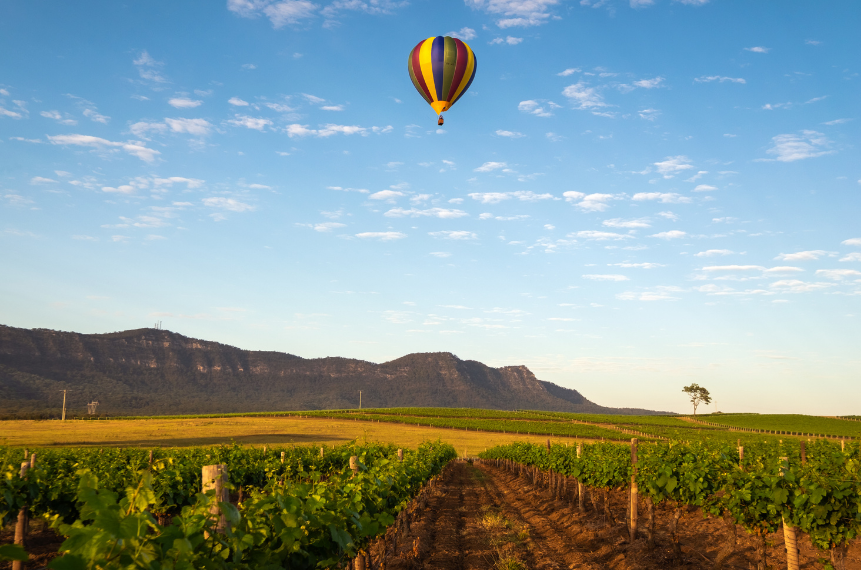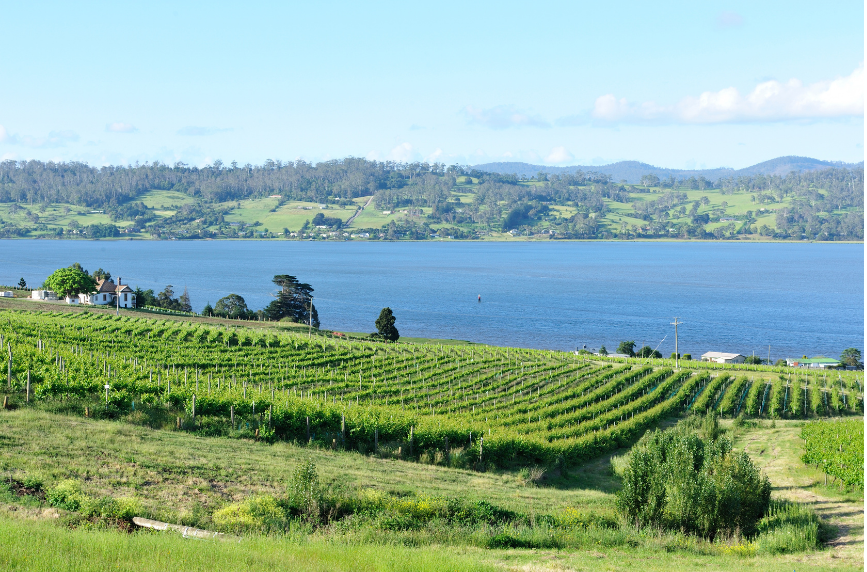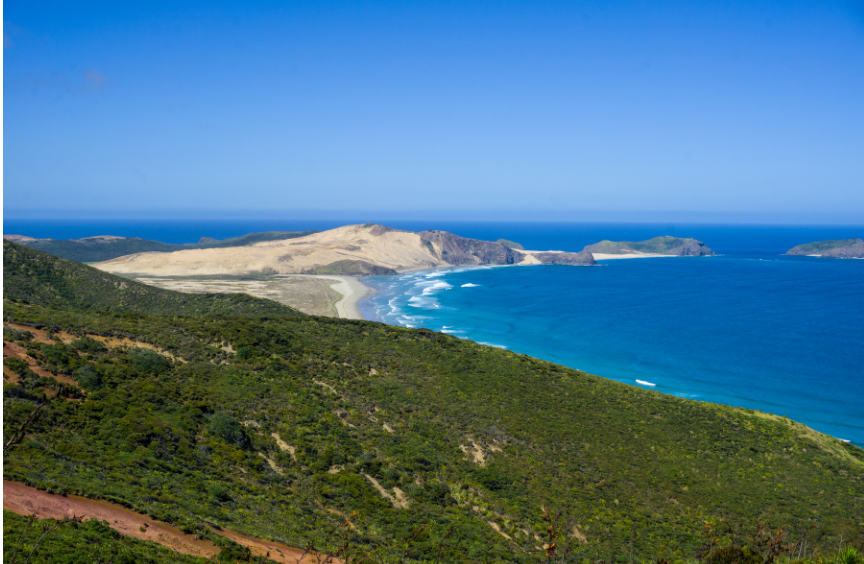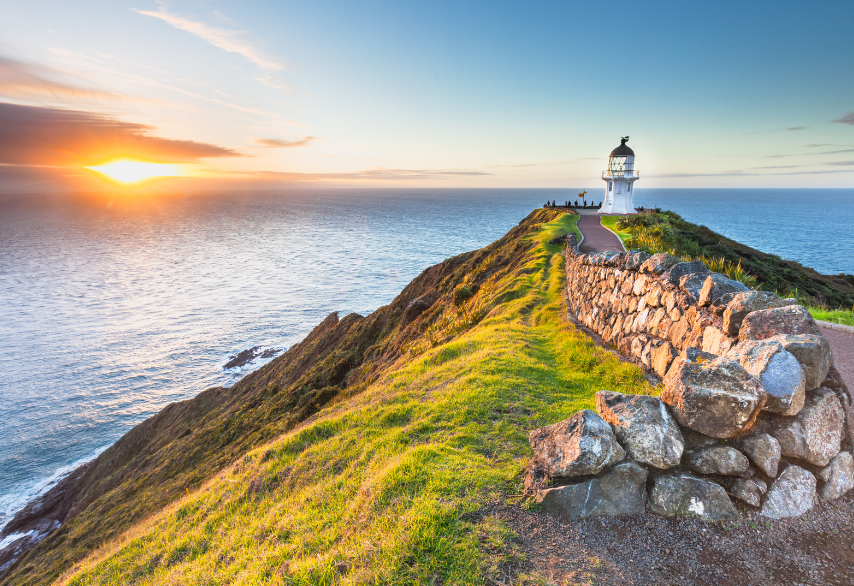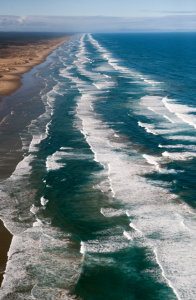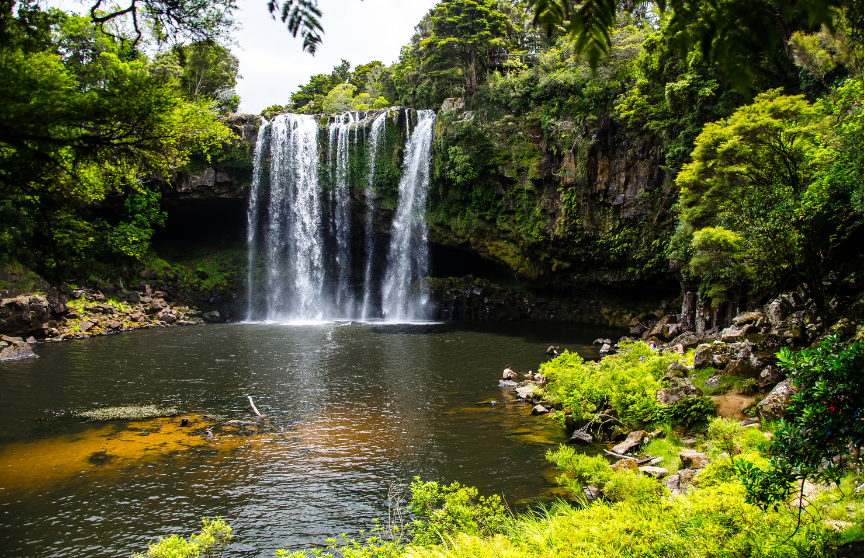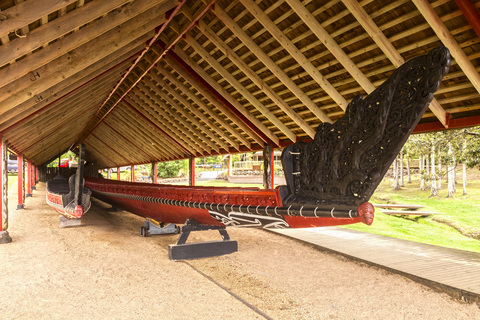Going on a safari is probably one of the popular ways to explore South Africa but it isn’t the only one. If you are interested in taking the “road less traveled” when in South Africa, consider including the Garden Route in your itinerary. The outdoor paradise has perfect weather year-round with monthly highs of 25 degrees in the hottest months and 18 degrees during the coldest ones. To be clear, this popular area isn’t a garden but rather a 200-kilometer coastline filled with versatile natural features.
Driving the route takes three to fourteen days depending on the number of stops in your itinerary. The route is filled with detours so it is the best way to experience one of the most beautiful regions in the country at your own pace. Luckily, South Africa has one of the most developed road networks in the continent with the N2 highway on which the Garden Route runs being the perfect road for a self-drive trip through forests, by lagoons, along the coast and into towns – a trip that is not only known for its scenery but also its wildlife and culture. You can start your self-drive road trip from Cape Town, stopping by various towns, parks, and attractions before winding up the journey in Port Elizabeth. The Garden Route which stretches from Mossel Bay
to Storms River showcases the culture, hospitality, and beauty of South Africa and is a “must-see” for adventure lovers.
Start your journey at Mossel Bay
Mossel Bay, the gateway to the Garden Route, lies less than 250 miles from the coastal city of Cape Town. Drivers can stop by the many cafes along the road for a snack as they make their way to St Blaize trail to stretch their legs.
Your trip to Mossel Bay is incomplete without visiting the famed Post Office Tree, shaped like a boot. Although it’s said to have been in existence since the 1500s, you can still use it to send letters to various destinations or even back home. Mossel Bay gives you a scenic start to your trip with an idyllic coastline covering most of the route.
Experience natural beauty at Knysa
Lush forests and the glistening sea water surrounds Knysa, a popular town on the Garden Route. One of its main attractions is the Knysa Heads, two sea cliffs that guard the entrance to the lagoon. Exploring Knysa can be done while hiking or on a cruise with both options promising panoramic views of the area. If you decide to hike, you get to explore the scenic trails that lead to waterfalls and rivers. Hundreds of yellowwood trees that are 400 to 800 years old are easy to spot in the lush forest vegetation.
Other trees in the surrounding forest are pink-flowered Cape chestnut and stinkwoods in which different bird species build their homes. If you decide to go for the cruise expect a bumpy ride to Knysa Heads. Multi-hued and jagged rocks line the sea edges allowing you to get close to stunning scenery while watching sea animals swim nearby. The eastern cliff has a narrow gap that offers a beautiful viewpoint of the islets at the lagoon as the sun sets.
Besides natural beauty, Knysa is also home to rehabilitated elephants at the first sanctuary of its kind in South Africa. The orphaned herd of elephants provide a unique experience for wildlife lovers exploring the Garden Route. Visitors are given a presentation on safety around the elephants before walking with the elephants and feeding them. Interaction with the elephants varies depends on how well they cooperate, but most times the experience is great for those that follow instructions.
Explore the beach at Plettenberg Bay
Plettenberg Bay is a hiker’s paradise that offers stunning ocean views to those that get to the top of the slope. Its breathtaking beaches are surrounded by sheer cliffs that are perfect for watching the sunset. Nearby is the Robberg Nature Reserve which stretches 2.5 miles showcasing prehistoric caves and rocks. The bay is a breeding area for several waterbird species, and seals that can be seen basking on the beach or bobbing up and down in the water. Surfers can also spot dolphins and whales in the water during the migration season, providing an amazing show.
Test your limits at Bloukrans Bridge
Imagine bungee jumping off the highest bridge in Africa as part of your trip. The 718 foot high bridge is architecturally stunning, with an arch going over the steep gorge below. Getting to the bungee bridge is on a zip line, a taste of what to expect when you finally jump off the bridge. Once secured, you are ready to take the world’s highest bungee jump that comes with an “out of this world” adrenaline rush. The adventure doesn’t end there, with visitors opting for a winch ride or using the skywalk to get back to land. If
you are brave enough, you can enjoy spectacular views of Bloukrans River on the underside of the deck.
Stand at the mouth of Storms River
Although Storms River is the last stop of the Garden Route, its dramatic coastline makes it worth the stop. Located in the Tsitsikamma National Park, watching the point at which the Storms River and the Indian Ocean meet with the ocean pounding the headlands is a therapeutic experience. If you are interested in an up-close look at the coastline, consider hiking up the gorge following well-marked trails in the indigenous forest. The trails which lead to secluded waterfalls and the famous Suspension Bridge hanging over canyons are worth checking out for thrill-seekers. Expect to see an abundance of flora, fauna, vervet monkeys, and diverse exotic birds. The tree-shrouded strip is also a great place to relax while visiting several shops, restaurants, and refueling at a local microbrewery.
A suspension bridge crosses the
Storm River in South Africa’s Tsitsikamma
National Park on the Garden Route.
Not a fan of a self-drive trip? Relax because driving in South Africa is fairly easy. All you need to do is rent a vehicle, and soon you’ll be discovering the Garden Route stopping and exploring on your schedule. If you choose to extend your safari to include this stunning coastline, you are assured of a memorable experience. Call me today, and let’s start planning your trip to South Africa’s Garden Route.

